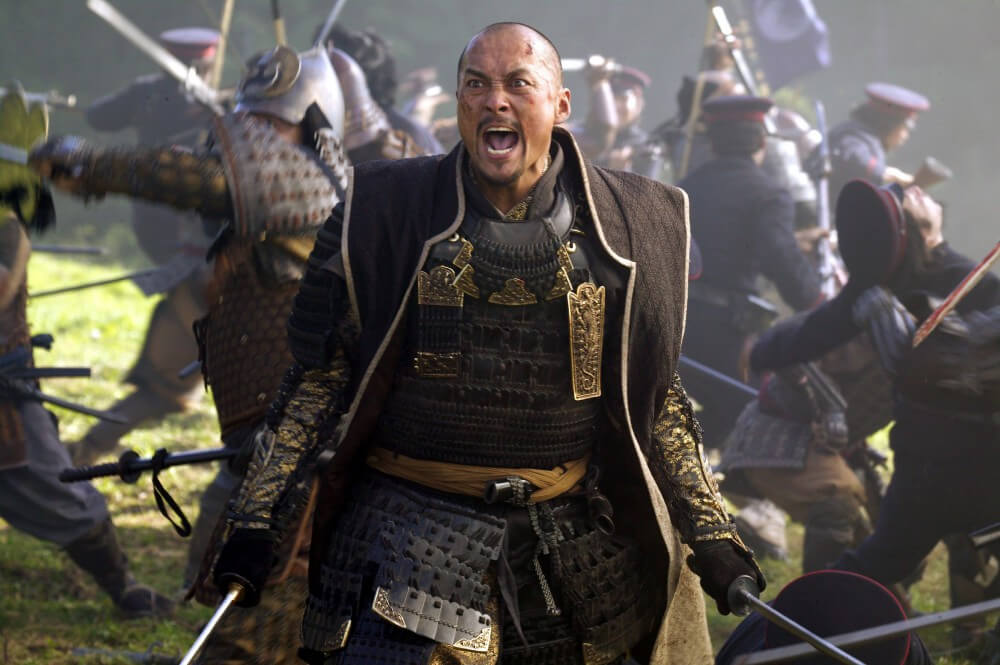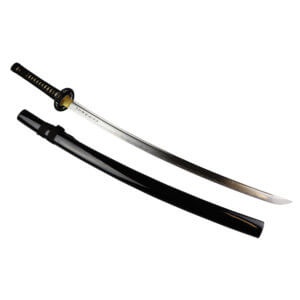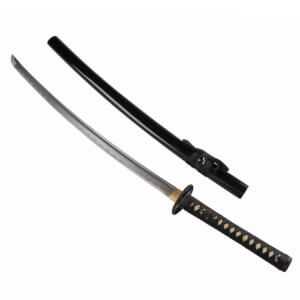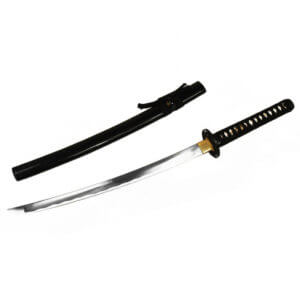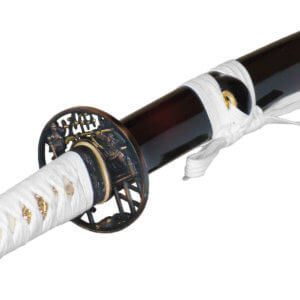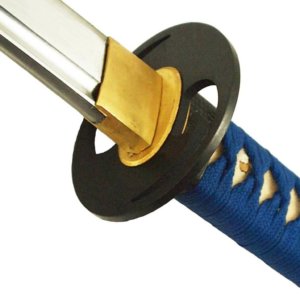Moritsugu Katsumoto and the Satsuma Rebellion
The film "Last Samurai", which was released in 2003, takes a look at the Satsuma Rebellion with a remarkable Hollywood cast. Although the film is not a reproduction of real events, the plot is partly based on true events and people.
Particularly noteworthy is Moritsugu Katsumoto, played by Watanabe Ken, whose character is inspired by the samurai Saigō Takamori.
The plot of Last Samurai
The main character of the film "Last Samurai" is the soldier Nathan Algren, played by Tom Cruise. At the beginning of the film, he is at a psychological low point. He tries to suppress his previous acts of violence from the civil war with alcohol and loses his job as a result of his misbehaviour.
He is then offered the opportunity to teach the Imperial Army in Japan how to use firearms in order to arm them against the threat of the rebellious samurai under the leadership of Moritsugu Katsumoto.
Training with the Japanese soldiers proves difficult at first. They are inexperienced and underestimate the danger posed by the samurai. Nevertheless, the first battle follows shortly afterwards, in which the imperial soldiers encounter Moritsugu Katsumoto's samurai.
As expected, the soldiers emerge from the battle with heavy losses. Even the battle-hardened Nathan is badly injured after having to defend himself alone against a large number of samurai. As Moritsugu Katsumoto has become aware of Nathan's abilities during the battle, he spares his life and takes him prisoner instead.
Nathan recovers from his wounds in a Japanese samurai village. There he gradually learns more about Japanese culture and the values of the samurai. Every day he observes how the samurai interact with each other and adapts to their way of life. He even learns their techniques for fighting with Samurai swords are taught to him in several lessons. In addition, he is taught the traditional Martial arts clothing until he finally becomes indistinguishable from his "hosts". However, it is only when he saves the lives of Moritsugu Katsumoto's family that he gains the unreserved trust and respect of the samurai.
Finally, Moritsugu Katsumoto and Nathan travel back to Tokyo. The Japanese Imperial Army awaits Nathan there, having gained combat experience with modern weapons in the intervening period.
Meanwhile, Moritsugu Katsumoto turns to the Japanese Emperor Mutsuhito. It becomes clear that he no longer holds any power at all, but is being influenced by his advisor Omura. The latter benefits from the industrialisation of Japan and therefore has a conflict of interest with the traditional samurai. For this reason, he wants Moritsugu Katsumoto to be assassinated. Before he can succeed, Nathan helps Moritsugu to escape back to the samurai village.
Shortly afterwards, the final battle ensues, in which the samurai are wiped out due to their traditional but outdated weapons. Nathan survives and helps the injured Moritsugu Katsumoto to commit seppuku, a ritual suicide to restore his lost honour.
Nathan then visits the Emperor and gives him Moritsugu Katsumoto's Samurai sword. The emperor realises his mistake and dismisses his manipulative advisor Omura from his position.
The rest of the story is told by a friend of Nathan's. Nobody knows exactly what happened to Nathan after the audience with the emperor. Some thought he was dead, others believed he had gone back to America. However, he himself sees Nathan returning to the samurai village.
-
1045 carbon steel, Film swords
104.90 €incl. VAT.
Plus. Shipping costs
Delivery time: 2-3 working days
The historical background to the Satsuma Rebellion
Moritsugu Katsumoto's rebellion was most likely modelled on the Satsuma Rebellion. This was caused by the so-called Meji Restoration, which transformed Japan from a traditional agrarian state into a westernised industrial nation within a very short space of time.
Under this development, the samurai lost importance. Previously, they were seen as an important force for protecting the emperor and the country, but now the changes reduced their sphere of influence. Their rights were curtailed and old traditions such as carrying their samurai swords and their characteristic topknot were banned. In addition, the Japanese imperial family lost power and the traditional estate system was abolished.
The samurai saw the modernisation of their country as a betrayal. They had long served their emperor loyally and strictly adhered to Bushidō, their code of behaviour. Their traditions were precious to them and they lived them out in everything from their appearance to their actions.
In response to the disregard for their traditions and rules, the samurai rebelled against their emperor under the leadership of Saigō Takamori. This led to the Satsuma Rebellion, which culminated in three major battles between the imperial army and the samurai.
Due to their outdated weapons, the samurai were not successful with the Satsuma Rebellion, although they were able to hold their own against the Japanese soldiers for many months. At the Battle of Shiroyama on 24 September 1877, Saigō Takamori was seriously injured and eventually asked a comrade to save him from dishonourable capture by the imperial army by beheading him.
His death signalled the end of the samurai and the old traditions. Nevertheless, he is still celebrated as a hero today and has the support of the people on his side. For this reason, the Japanese government felt compelled to grant him a posthumous pardon in 1889. Statues and shrines in memory of the most influential samurai can still be found in various places in Japan today.
If you liked this article, please also take a look at our Reality check for the film Last Samurai on.

